Breaking Down Common Metal Fabrication Methods
Metal fabrication in the manufacturing industry refers to the act of forming metal stock like plates, bars, and structural members into various sub-assemblies and components that will eventually be assembled into a final product. A wide range of fabrication methods has been developed over the last century. Some of the most common among them will be described in this article.
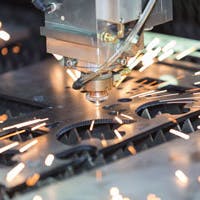
Breaking Down Common Metal Fabrication Methods
Metal fabrication in the manufacturing industry refers to the act of forming metal stock like plates, bars, and structural members into various sub-assemblies and components that will eventually be assembled into a final product. A wide range of fabrication methods has been developed over the last century. Some of the most common among them will be described in this article.
- Cutting
Cutting covers a wide range of manufacturing technologies that are generally used as the first step in a fabrication process. Cutting is used to divide a large piece of raw material like a plate or structural beam into smaller components. These technologies can include tools as simple as hand-operated acetylene or plasma torches all the way up to complex CNC laser or waterjet cutters.
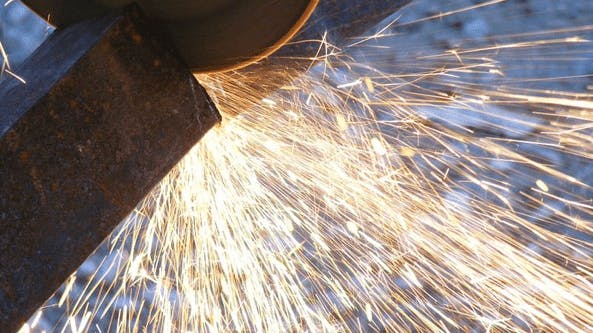
2. Casting
Casting is performed by melting metal and then pouring it into a mold. The mold is made by first generating the desired shape using a cheap and easily formed material, then using this as a form over which a special type of sand called green sand is compacted. The entire mold is held in a metal frame called a flask. An opening and vent are placed in the mold to let the molten material in and allow any excess air to escape. Afterward, the sand mold is broken and the part removed. In some cases, metal molds can be used in place of sand ones. Xometry offers die casting services.
3. Forging
Forging is the process of shaping metal by applying a compressive force, usually with a hammer or die. It can be accomplished either manually or using a machine. There are three types of forging:
- Cold Forging: The metal is shaped without external heating. However, the material does heat up due to the friction created during forming
- Warm Forging: Metal is shaped after it has been heated to below its recrystallization temperature.
- Hot Forging: Metal is formed after it has been heated beyond its recrystallization temperature but below its melting temperature.
4. Extrusion
Extrusion is the fabrication method used to manufacture materials with a constant cross-section like structural members. Material is forced through a die that has the desired cross-section. This can be done both with cold or hot material.
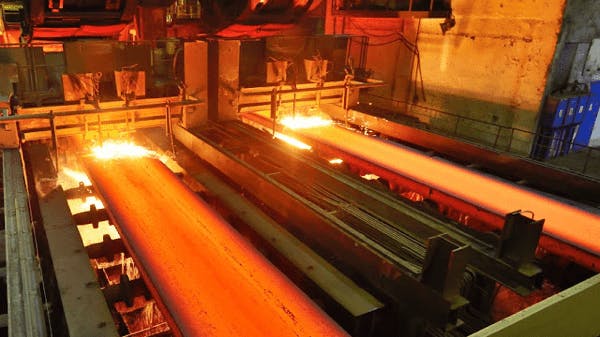
Extrusion machines at work
5. Fastening
Fastening is a term for the process of connecting two or more metal components either permanently or temporarily. Bolts and screws are the most common temporary fasteners while rivets are the standard permanent ones. Learn more here.
6. Drawing
Drawing is commonly used to create long thin products like wire. Metal stock is ‘drawn’ through a die that reduces its diameter. A similar technique known as deep drawing forces a sheet metal blank over a die to create a shape whose draw depth is longer than its diameter. Drawing differs from punching in that the process is designed to make parts that are longer than their widths, i.e. long “drawn out” parts.
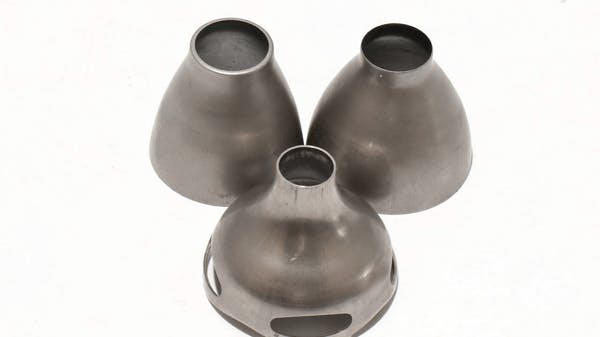
7. Drilling
Drilling refers to the fabrication method of cutting holes into materials, usually to allow for fasteners in the end product. Drilling works by plunging a spinning drill bit through the material; the helical shape of the drill allows for cut material to be evacuated even as the bit continues deeper. Drilling can either be done with a hand tool or, for thicker materials and larger holes, a drill press or a CNC milling machine.

8. Punching
Punching is a fabrication method used to economically create holes in relatively thin sheet metal. Punching works by pushing a punch through the plate into a die. This method is often used to create perforated plates as it is cheaper than drilling and does not add heat (the way laser cutting can) that might warp the material.
9. Stamping
Stamping is used to form material in the same manner as punching but the die is not pushed through the material. It can be used to emboss or deboss a metal part.
10. Machining
Machining is a subtractive manufacturing technique that is widely used to fabricate complex shaped parts. In general, machining can be broadly broken down into two categories:
- Milling: Milling is when a part is held stationary in a machine and a spinning tool removes material. This process is suited to parts with non-symmetrical flat faces. Complex 5-axis machines can create complex components with organic faces and complex curves.
- Turning: Turning is when the material is secured in a chuck and spun while the cutting tool is held stationary. The tool is moved into contact with the spinning part to remove material. This technique is suited to cylindrical parts but some machines like Swiss lathes can also cut non-cylindrical features into the part.
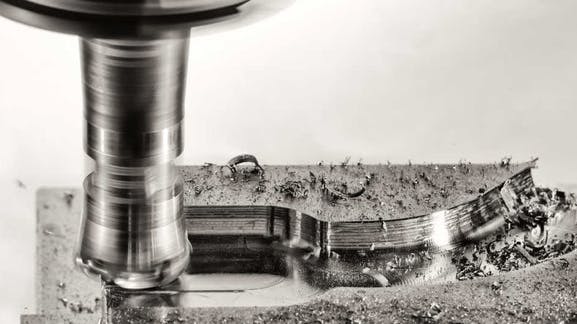
11. Bending
Bending is the process whereby either sheet metal or plate stock is bent into various shapes. It works by placing the material between a form and a die. The form then bends the material by pushing it into the die until it reaches the desired angle. This technique is used extensively to manufacture complex sheet metal parts like equipment housings. Xometry offers a metal bending service on demand.
12. Shearing
Shearing is a fabrication method that is used to split plates into smaller sections. This is done by pushing the material between two shears, splitting the sheet. This process does not require the material to be heated. Shearing, however, has a thickness limit.
13. Welding
Welding is the most common fabrication method used to permanently join metal parts. In general, the process works by melting a consumable in the form of a rod or spool of metal wire into a prepared joint, ultimately creating a uniform connection. There are many welding technologies. Some of the most common are listed below.
- MIG & MAG (Metal Inert Gas / Metal Active Gas): A wire is fed via a nozzle to the joint where an electrical arc melts the wire and some of the base part’s surface. Either an inert (MIG) or an active (MAG) gas is supplied to shield the weld from oxidation.
- TIG (Tungsten Inert Gas): The wire is held by the operator and a torch supplies the arc. A wire is fed into the arc where it melts into the joint. An inert gas is supplied to shield the weld.
- SAW: Submerged-arc welding (SAW) is an automatic process used to create long continuous welds. A powder flux is applied above the arc to shield the weld.
- SMAW: Also referred to as arc welding, this is where the operator connects a welding rod to an electrode and when the rod makes contact with the metal an arc is formed which melts the rod at its contact point. A flux surrounds the welding rod and covers the weld to prevent oxidation; this is removed afterward.
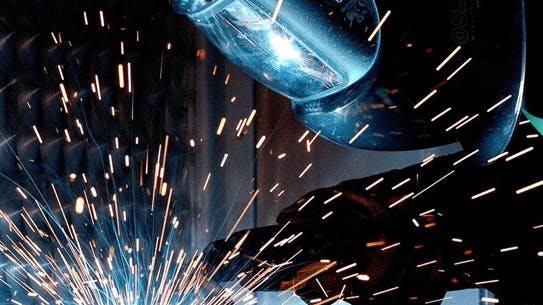
Which Fabrication Method is Ideal for my Project?
More often than not, complex projects require multiple fabrication methods. It can be challenging to decide which fabrication method is best suited to a specific project, and making the wrong choice can needlessly complicate production and increase manufacturing costs. Contact a Xometry expert to learn how to manufacture your product optimally.
